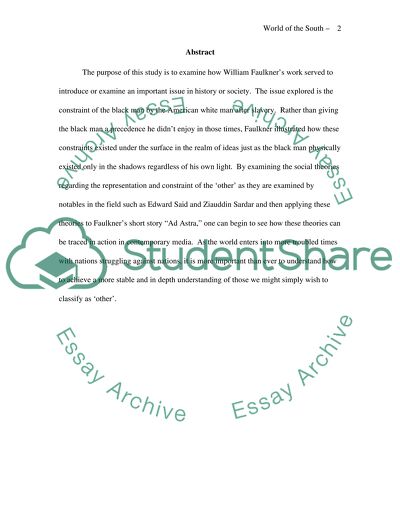Cite this document
(“William Faulkner-Annotated Bibliography Essay Example | Topics and Well Written Essays - 2500 words”, n.d.)
Retrieved de https://studentshare.org/miscellaneous/1547766-william-faulkner-annotated-bibliography
Retrieved de https://studentshare.org/miscellaneous/1547766-william-faulkner-annotated-bibliography
(William Faulkner-Annotated Bibliography Essay Example | Topics and Well Written Essays - 2500 Words)
https://studentshare.org/miscellaneous/1547766-william-faulkner-annotated-bibliography.
https://studentshare.org/miscellaneous/1547766-william-faulkner-annotated-bibliography.
“William Faulkner-Annotated Bibliography Essay Example | Topics and Well Written Essays - 2500 Words”, n.d. https://studentshare.org/miscellaneous/1547766-william-faulkner-annotated-bibliography.


